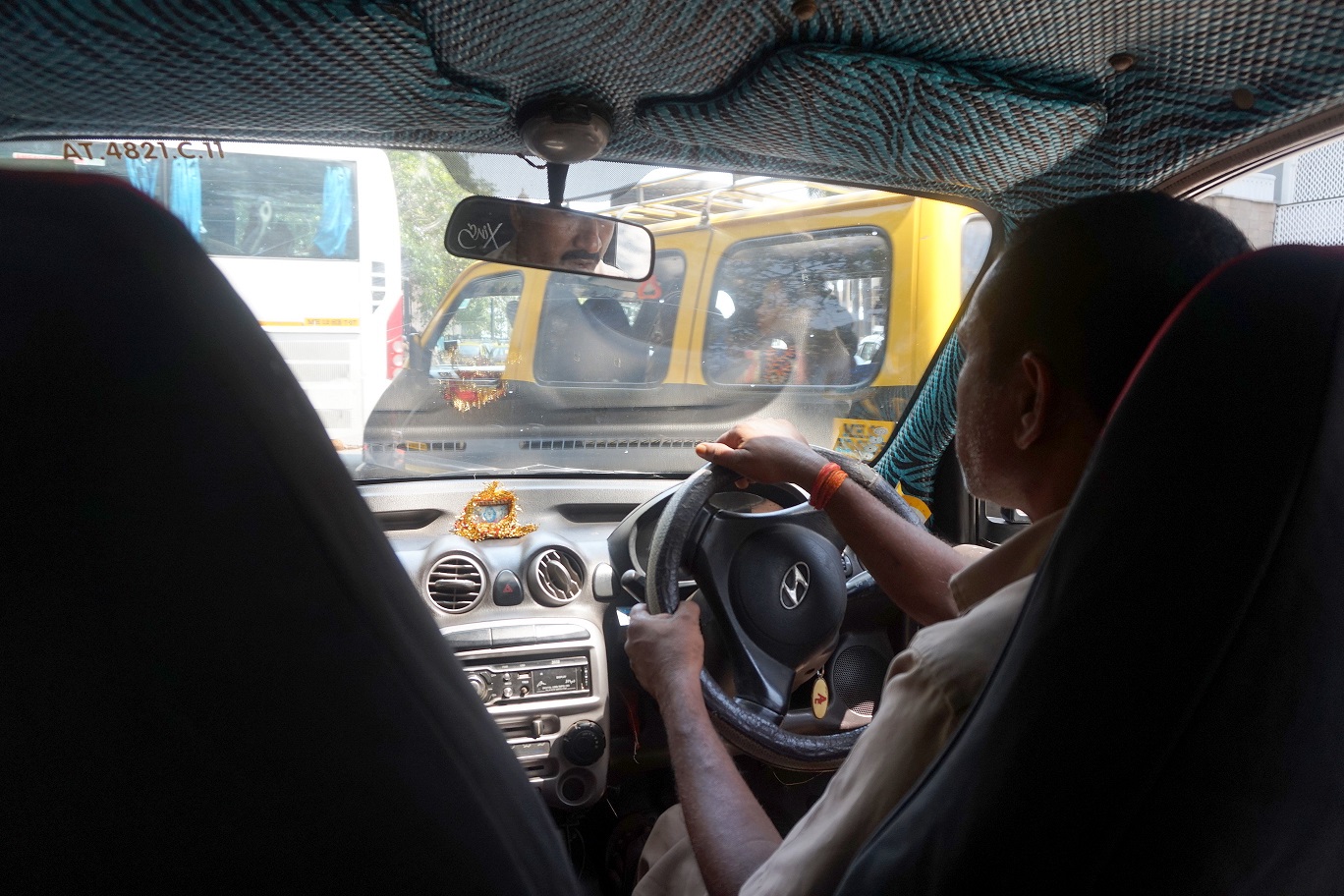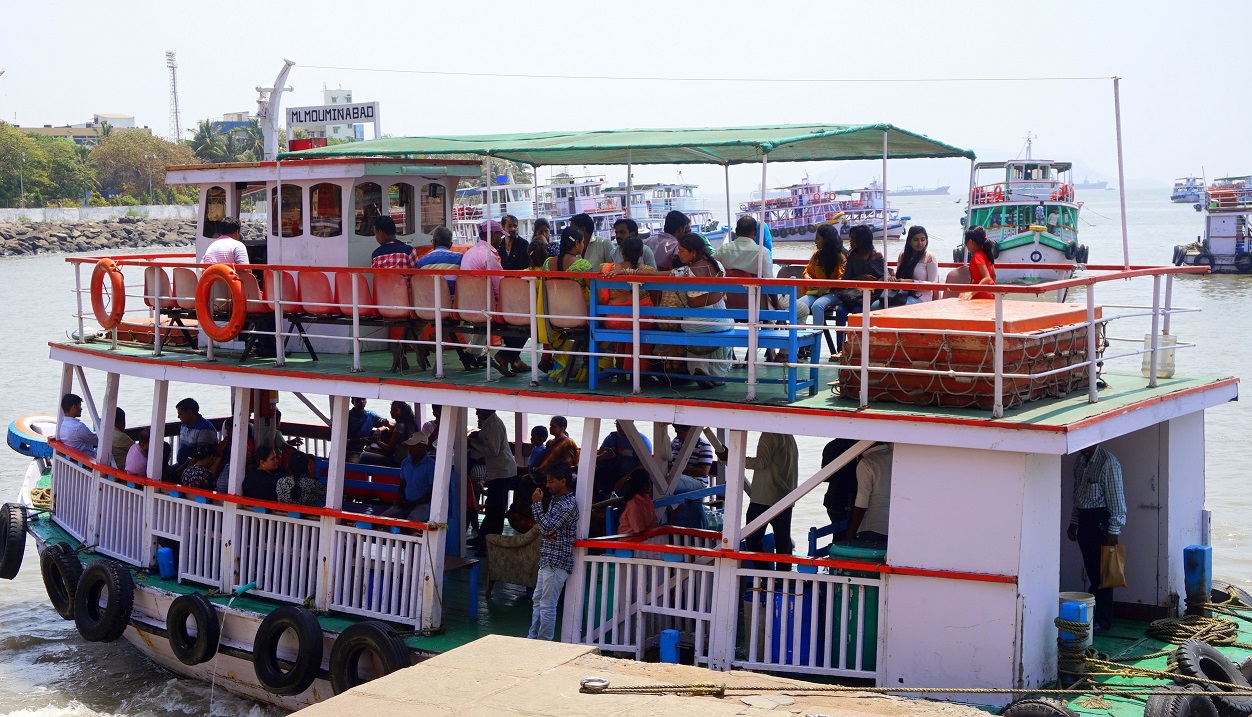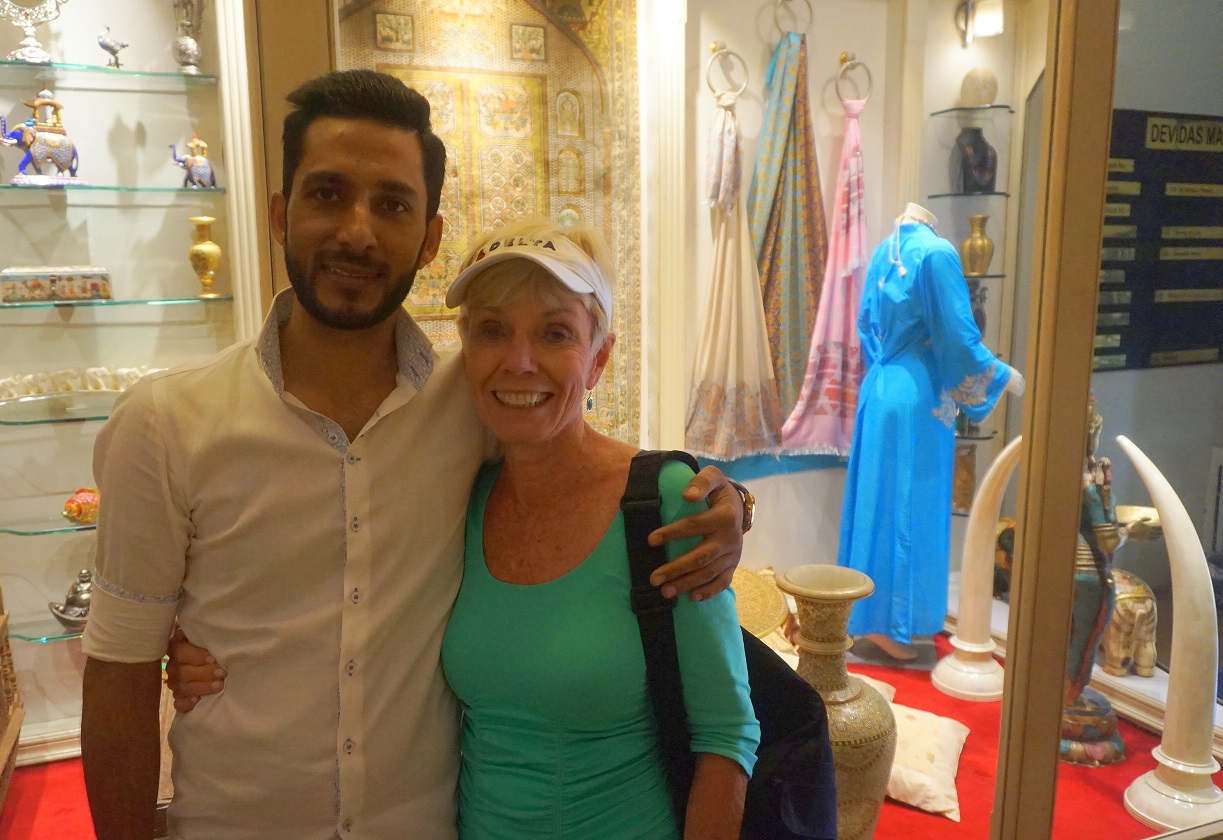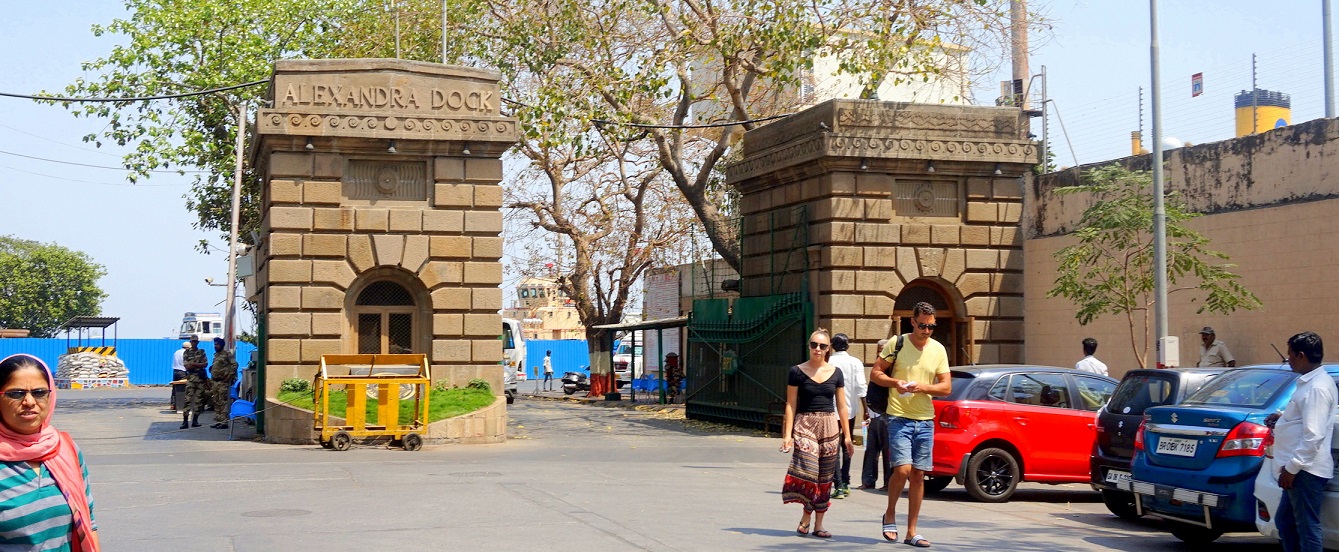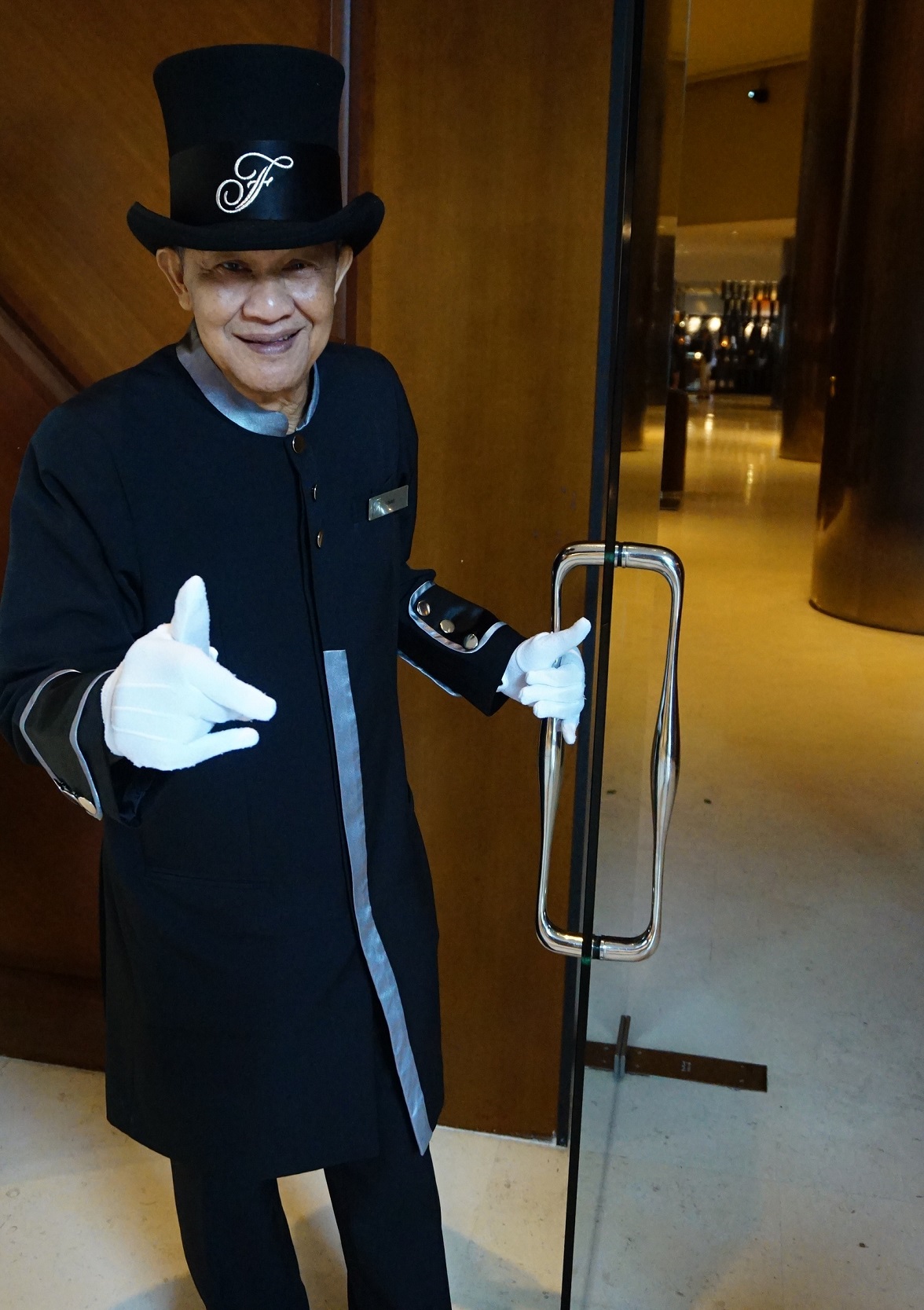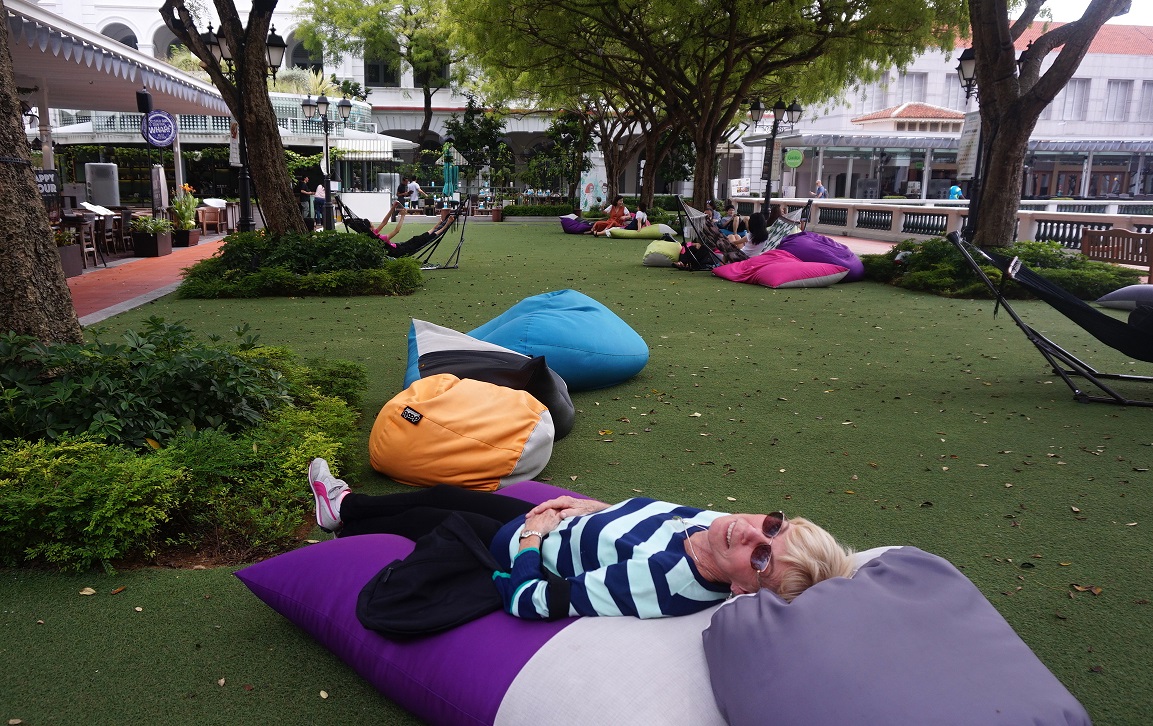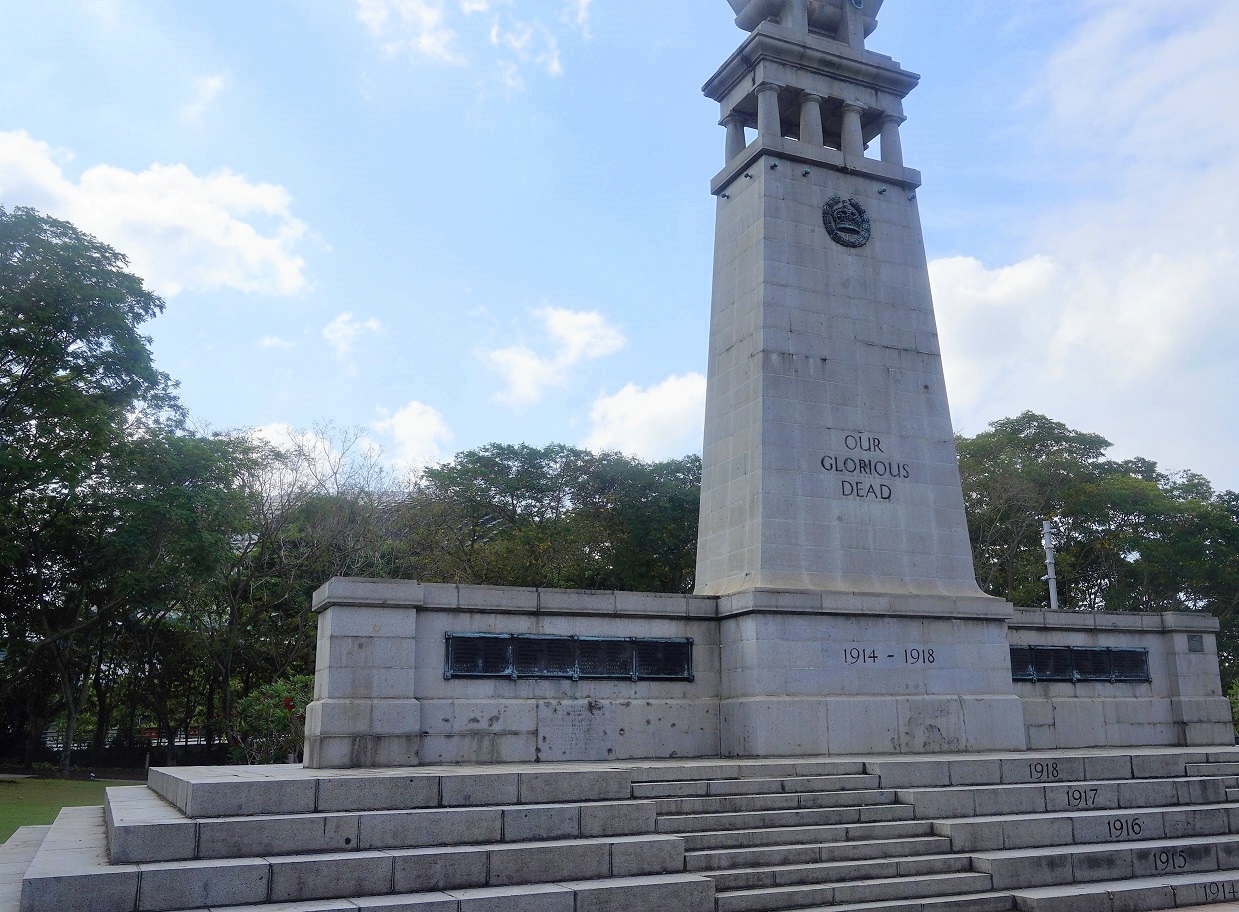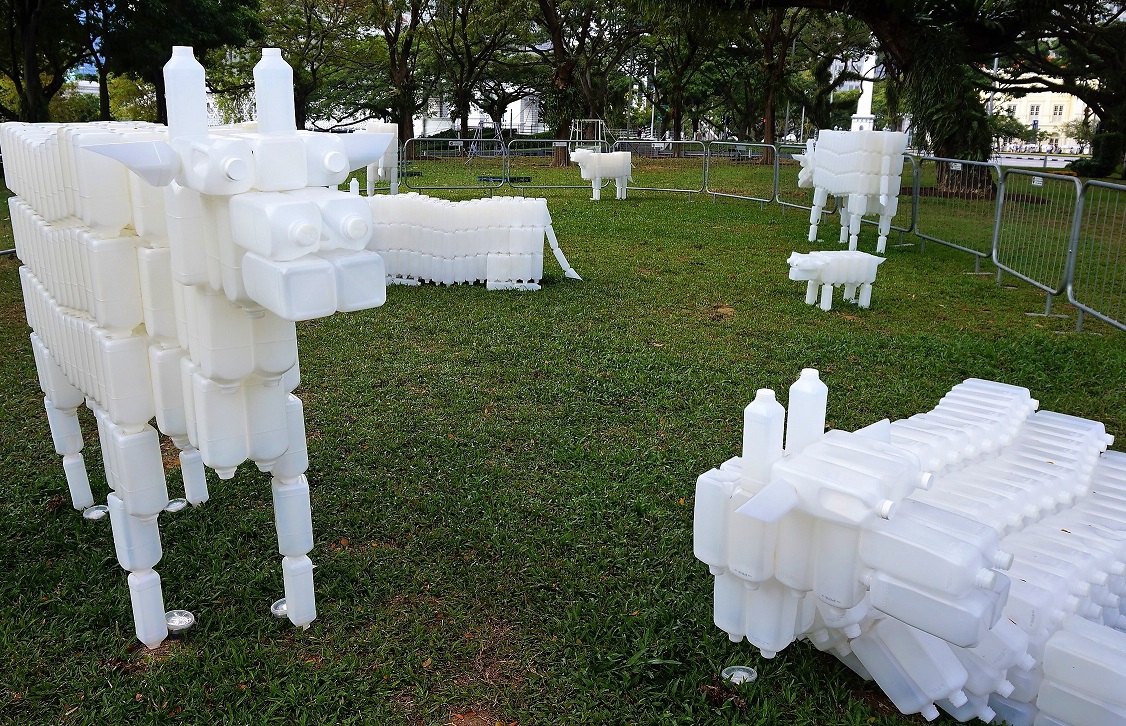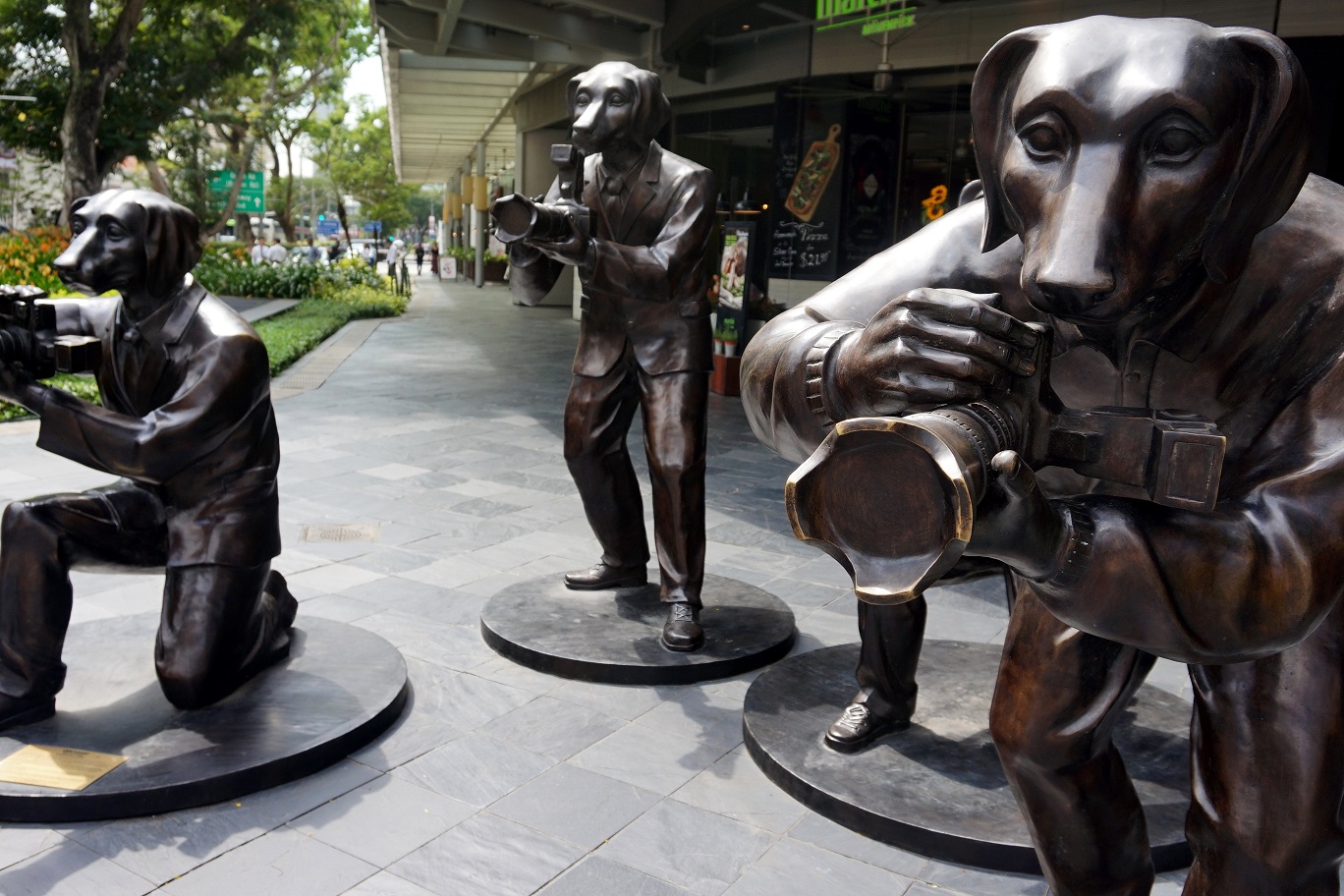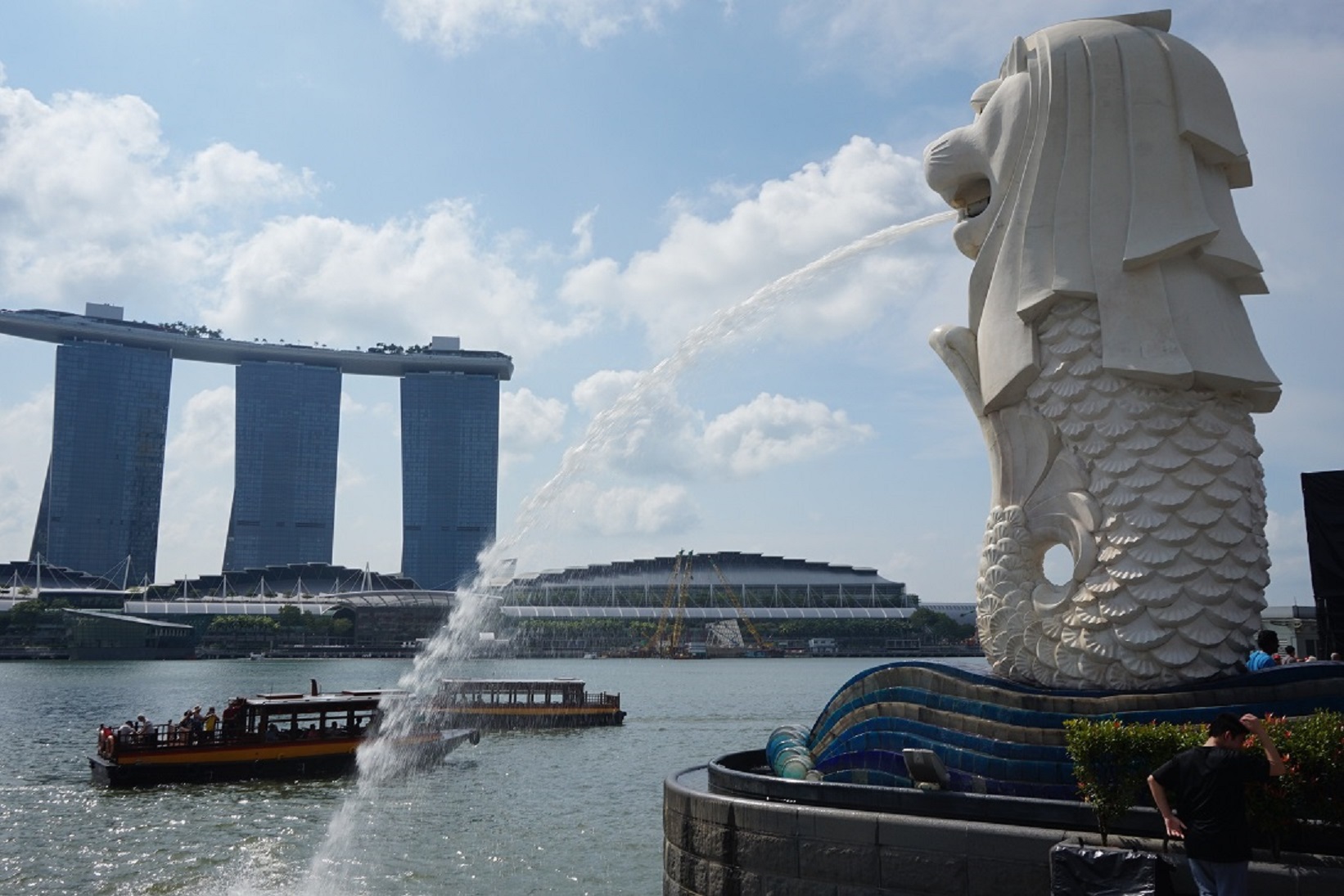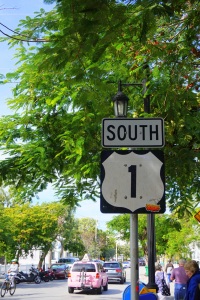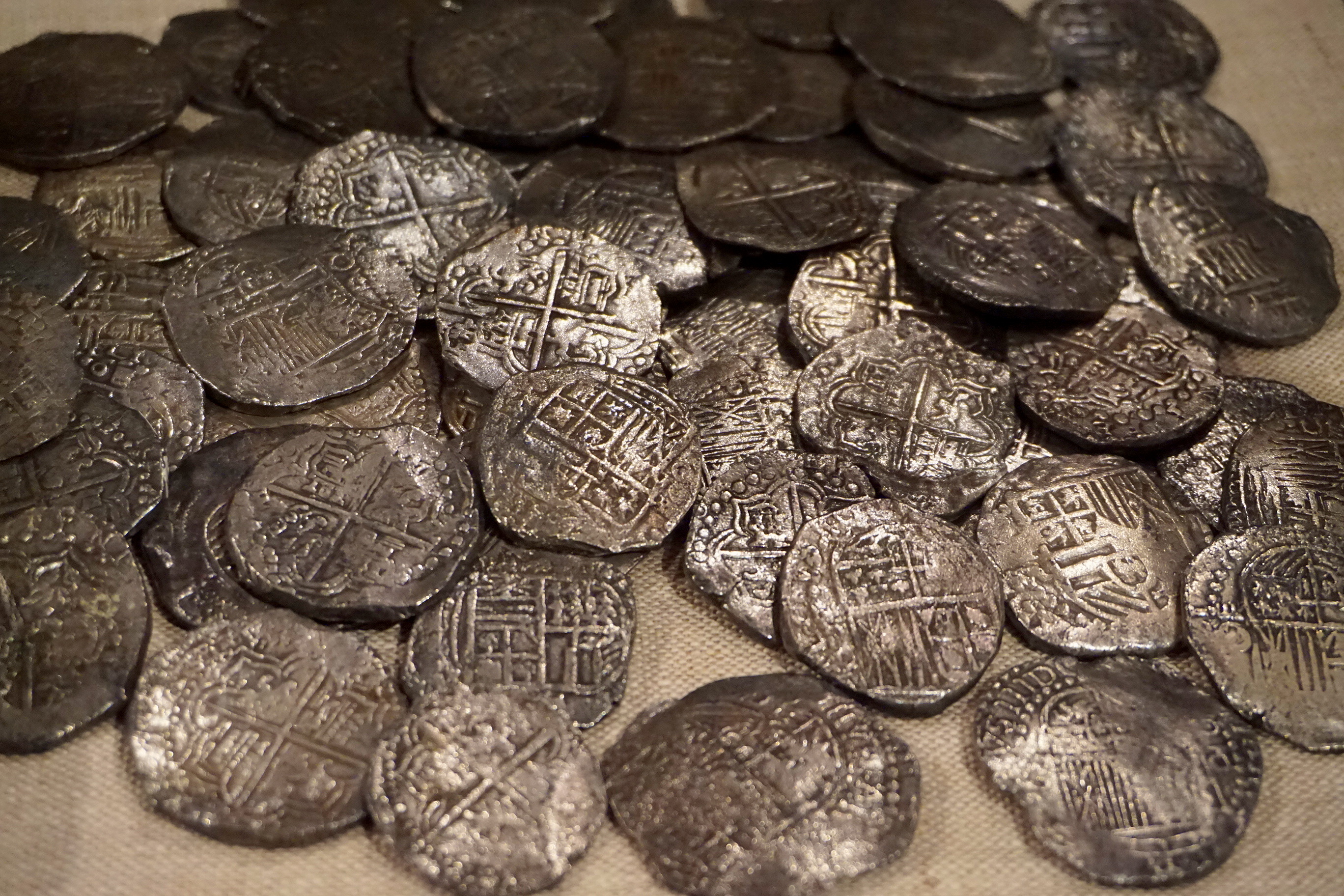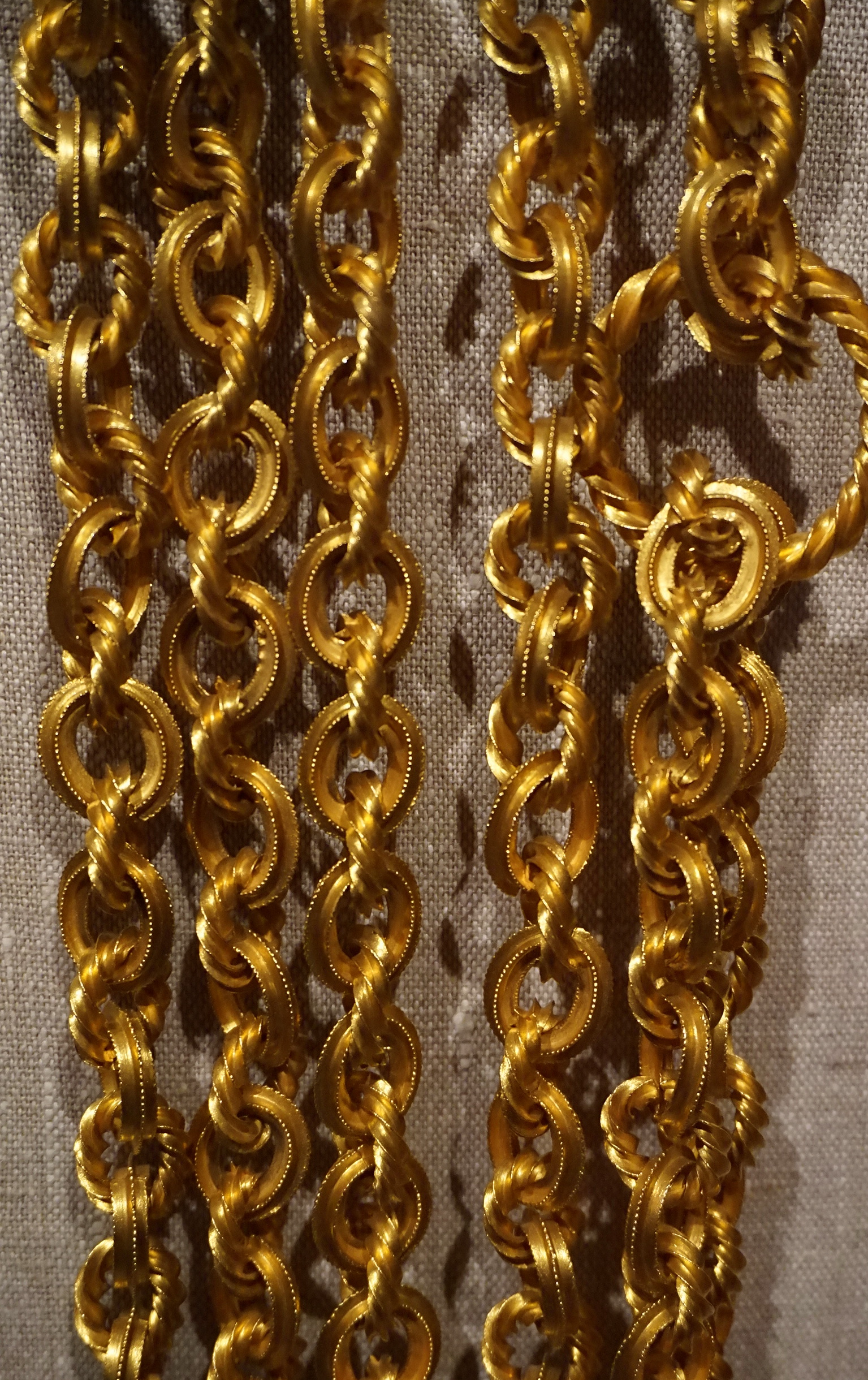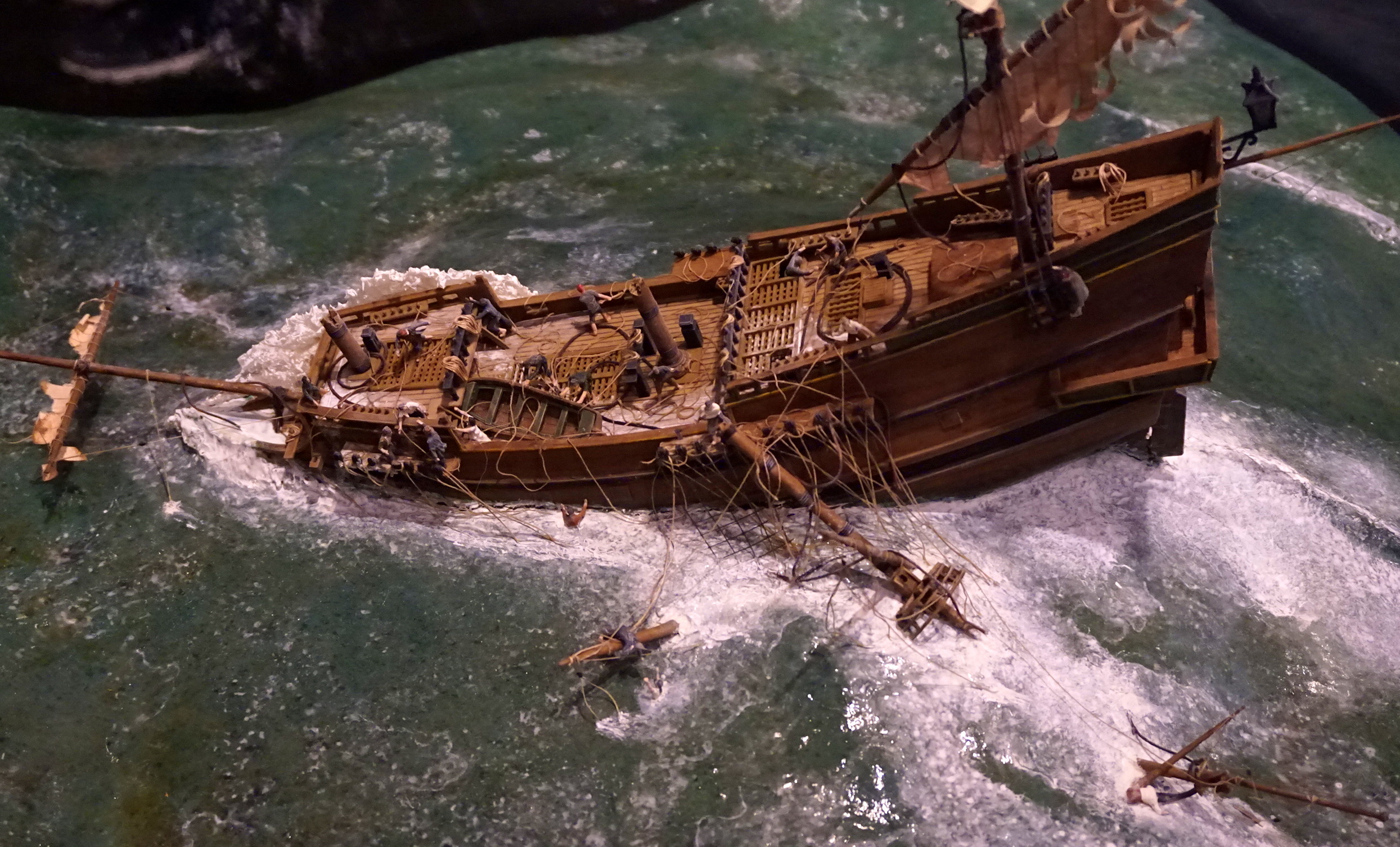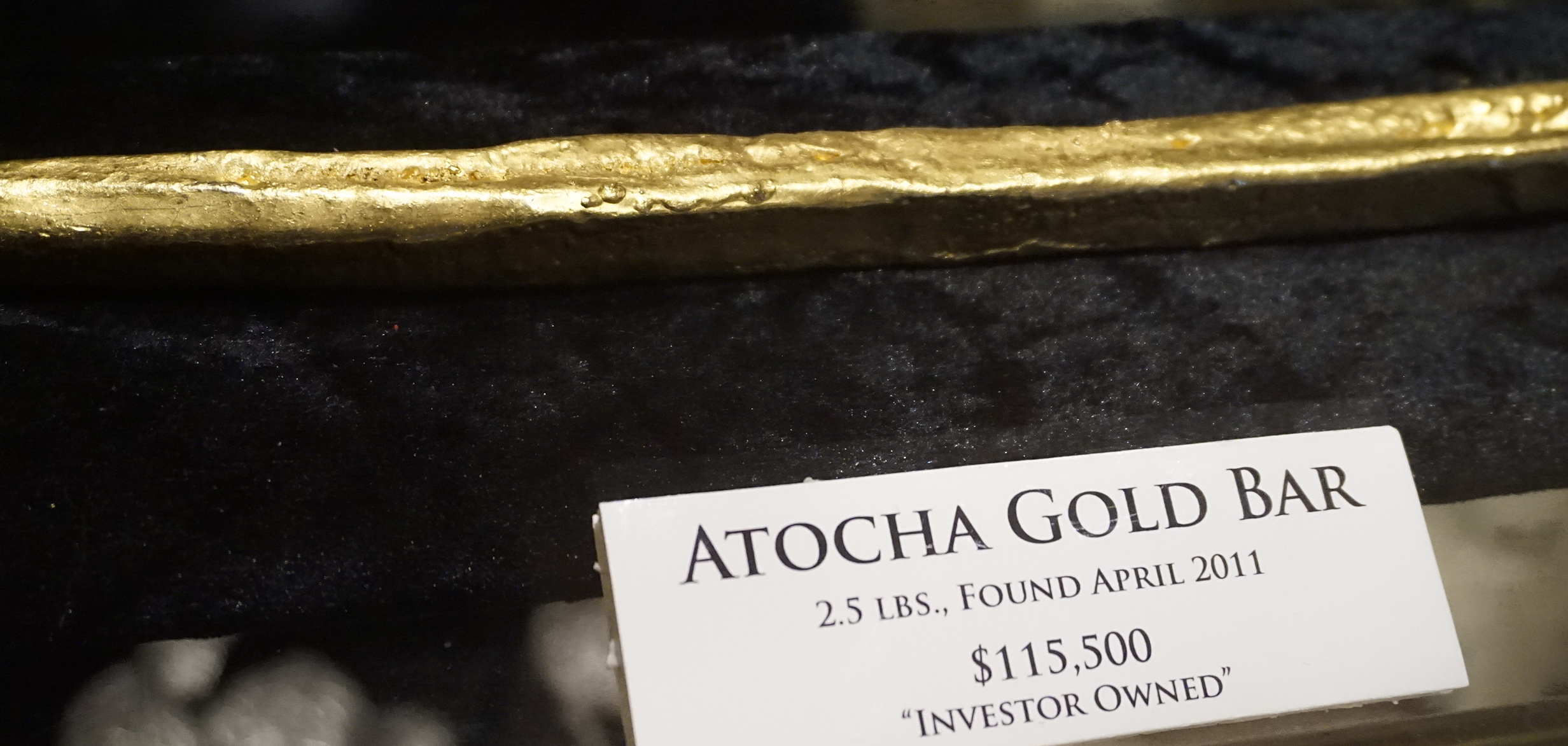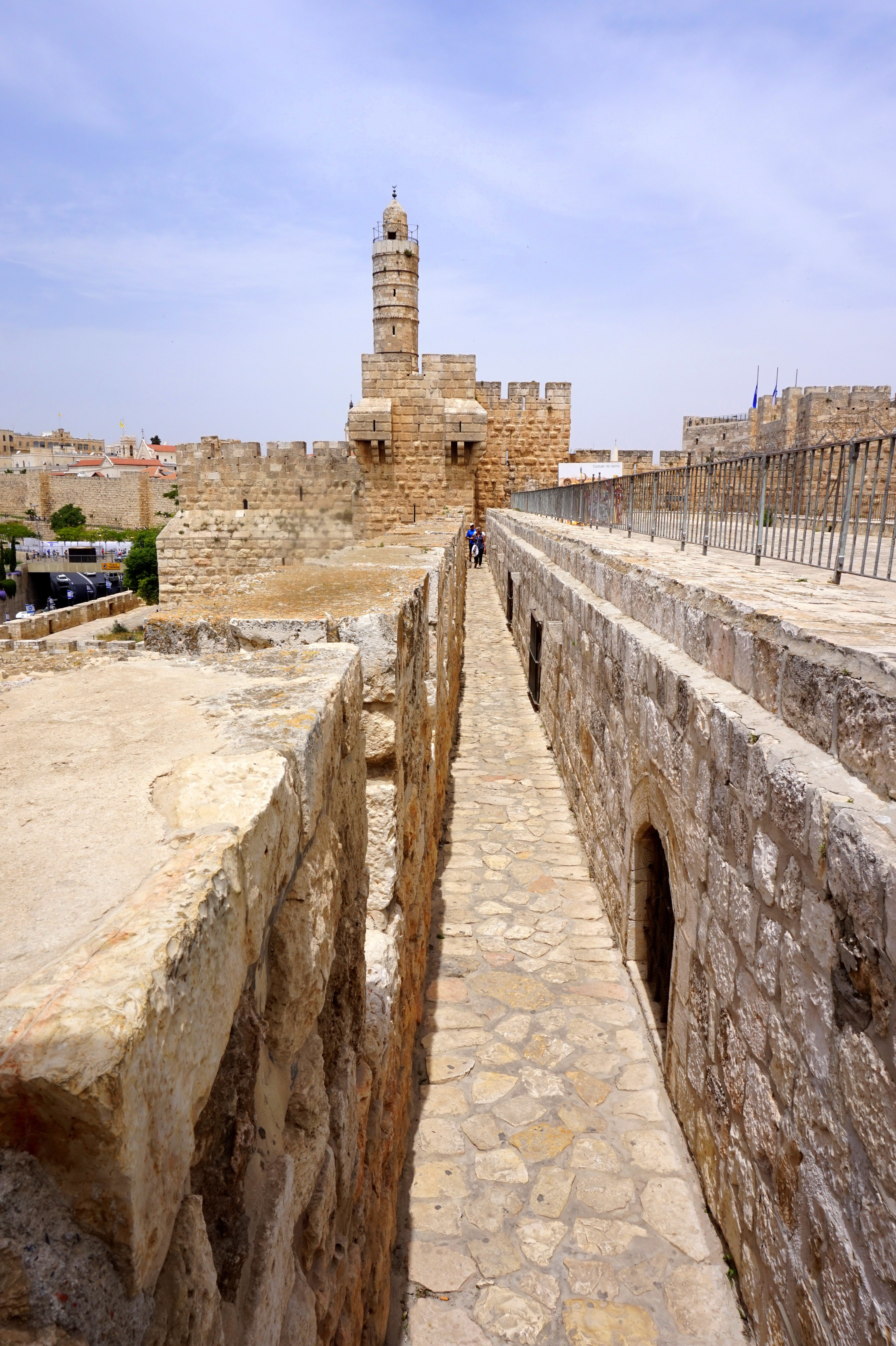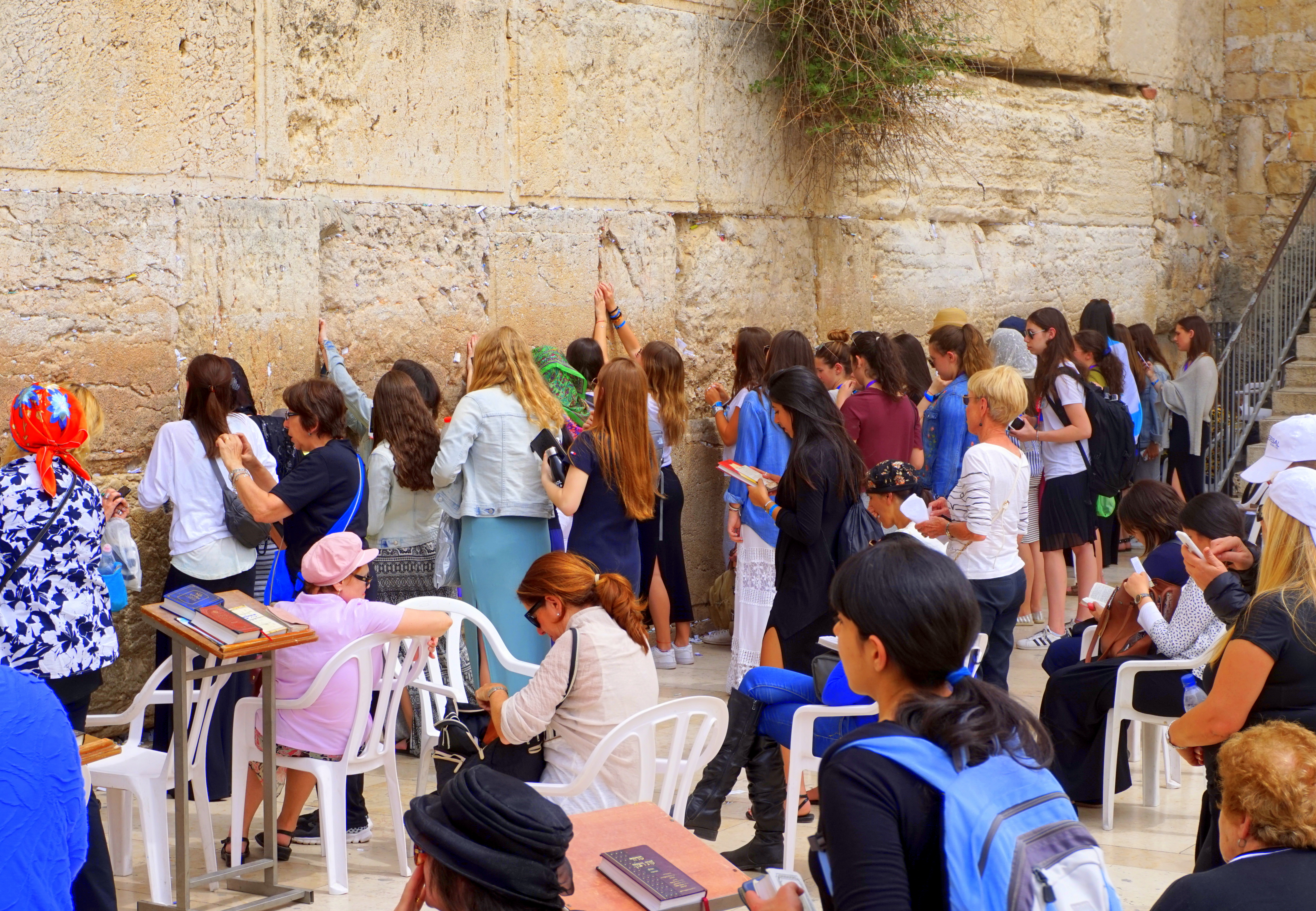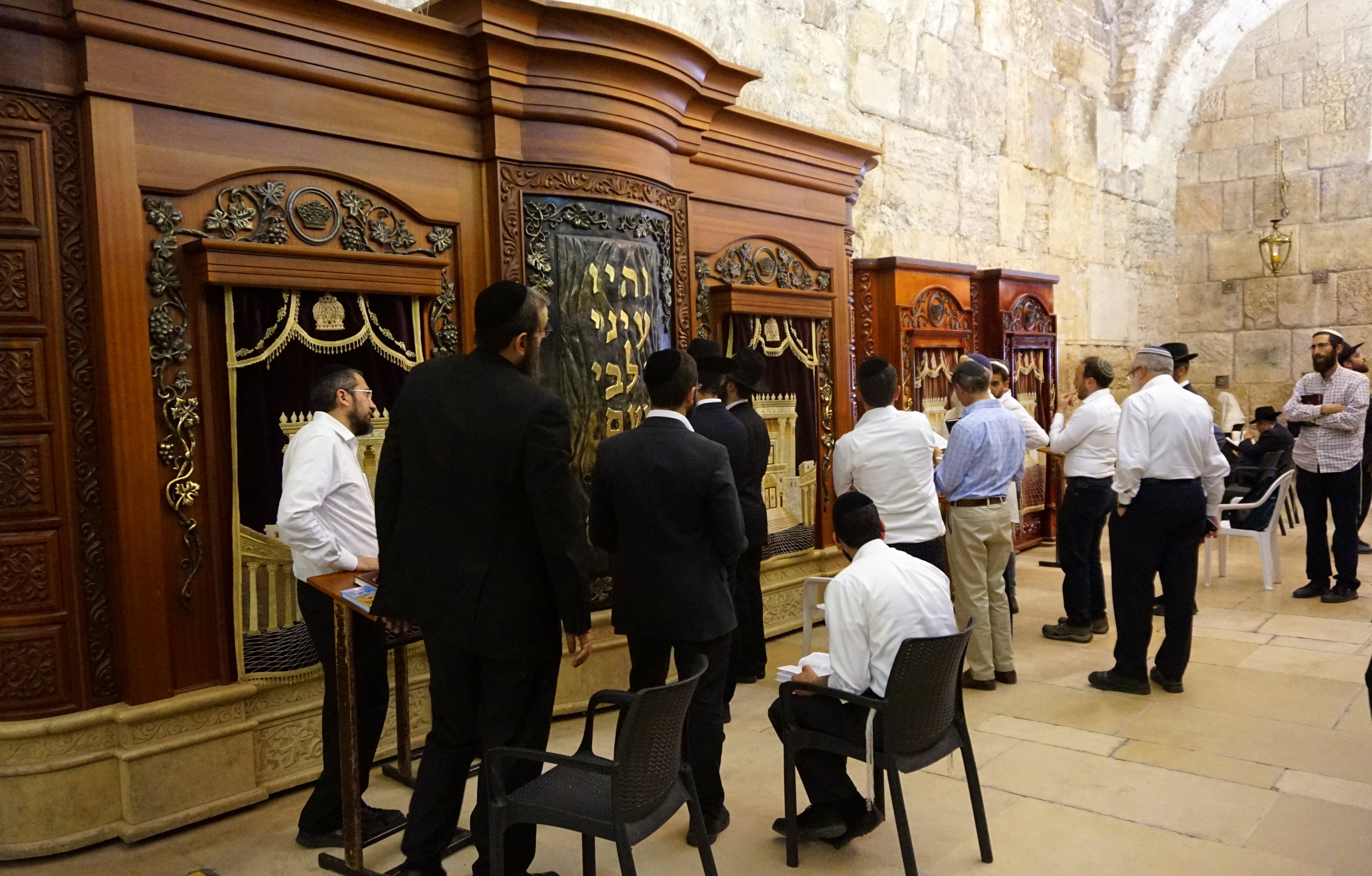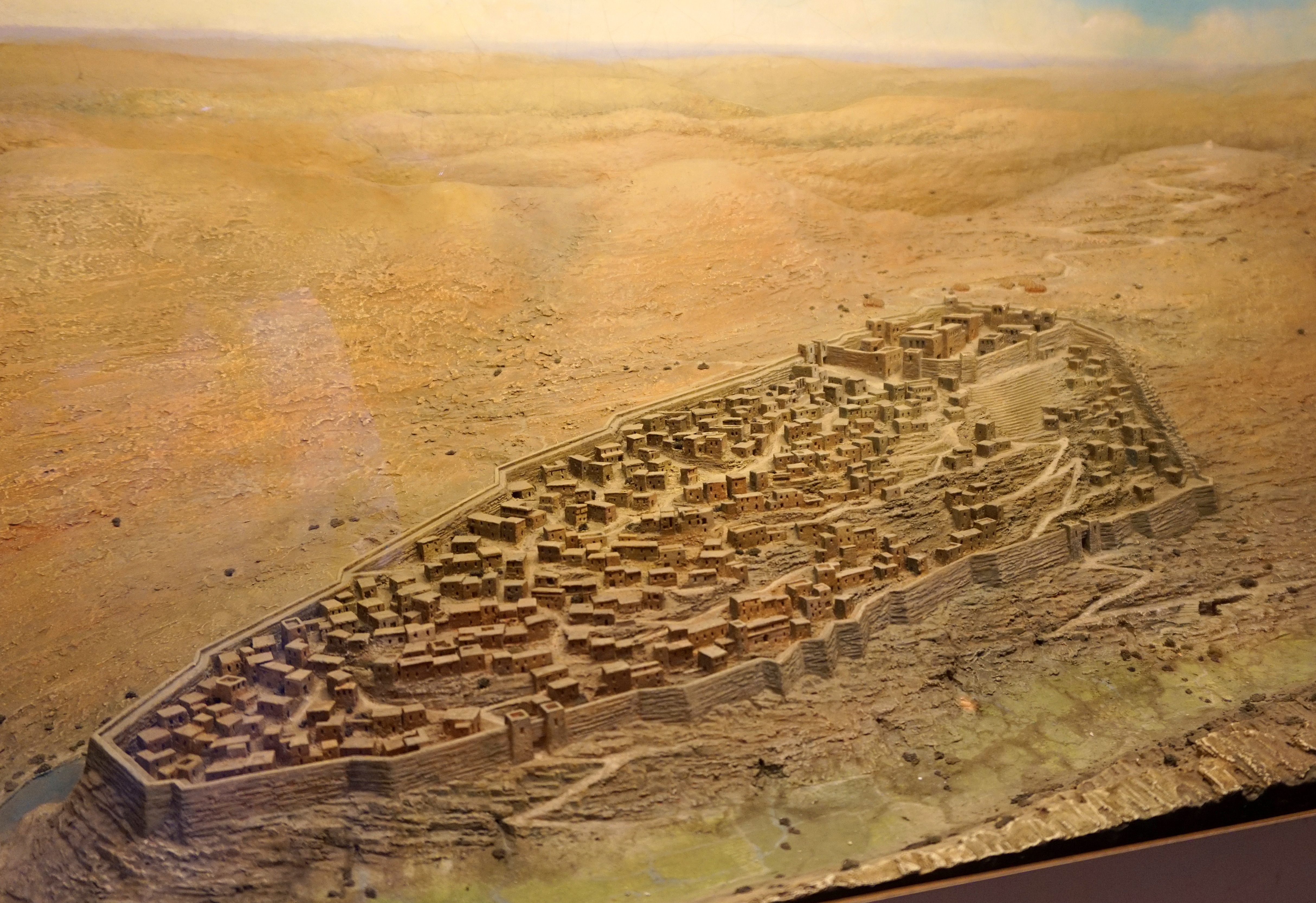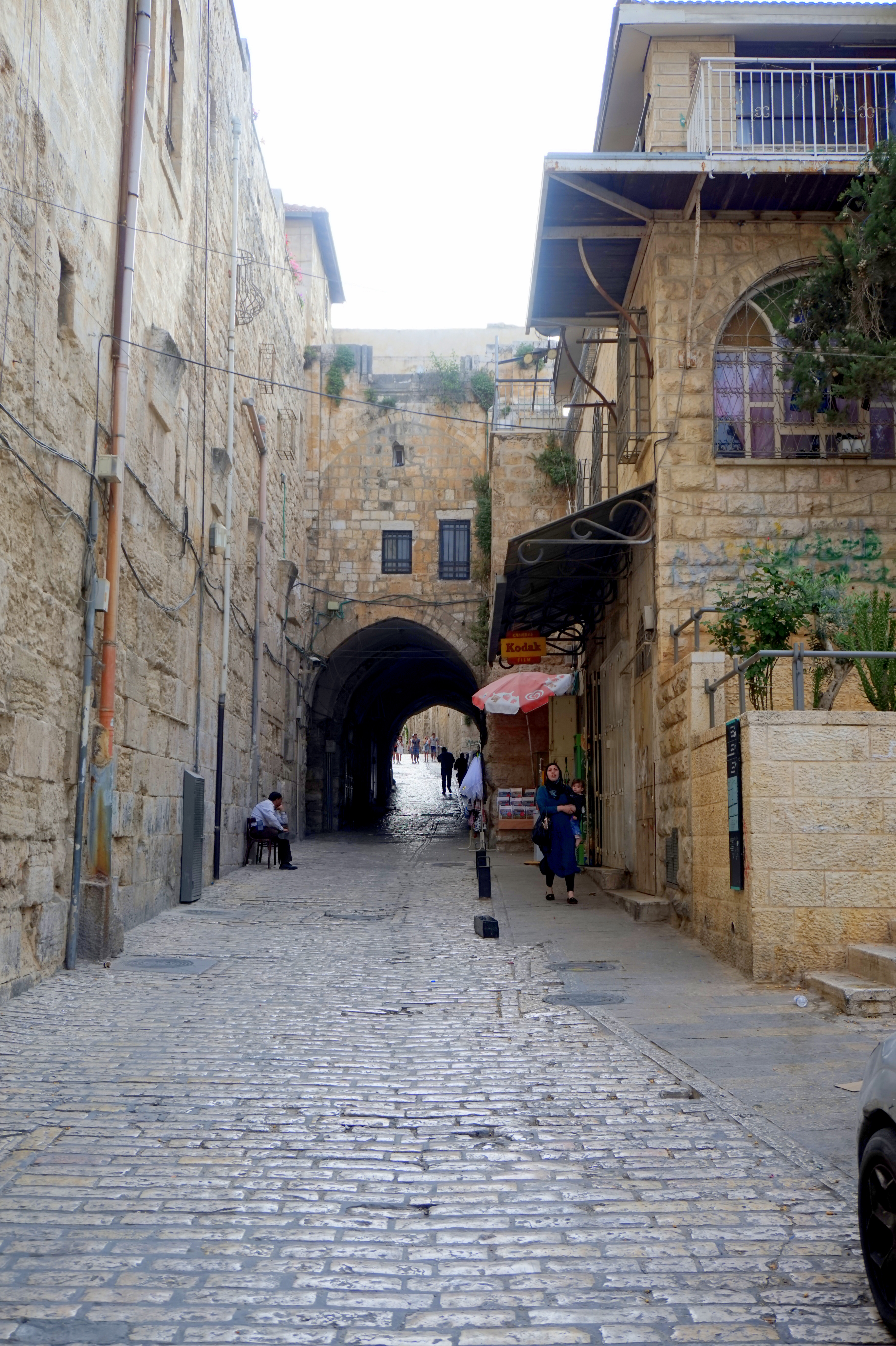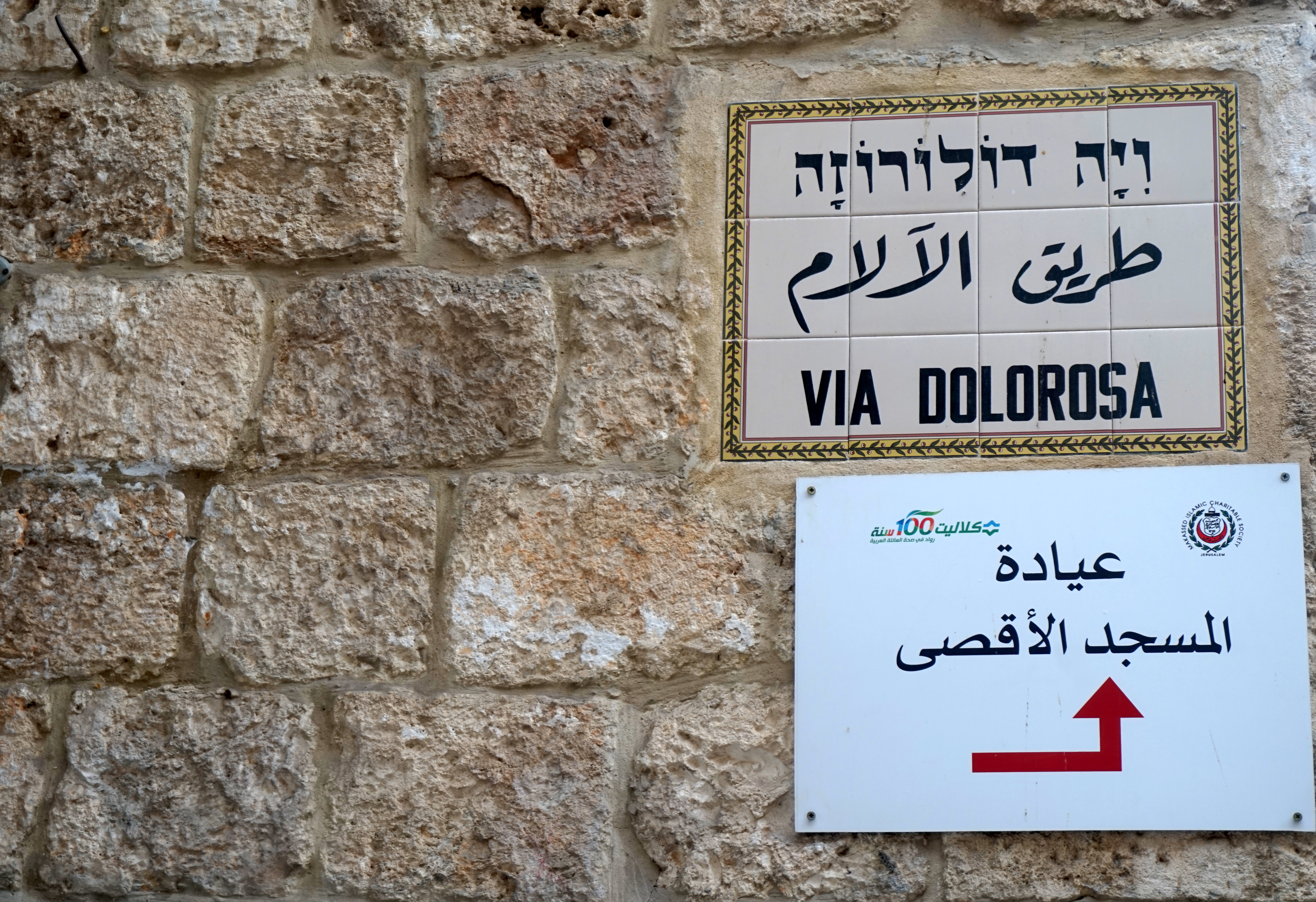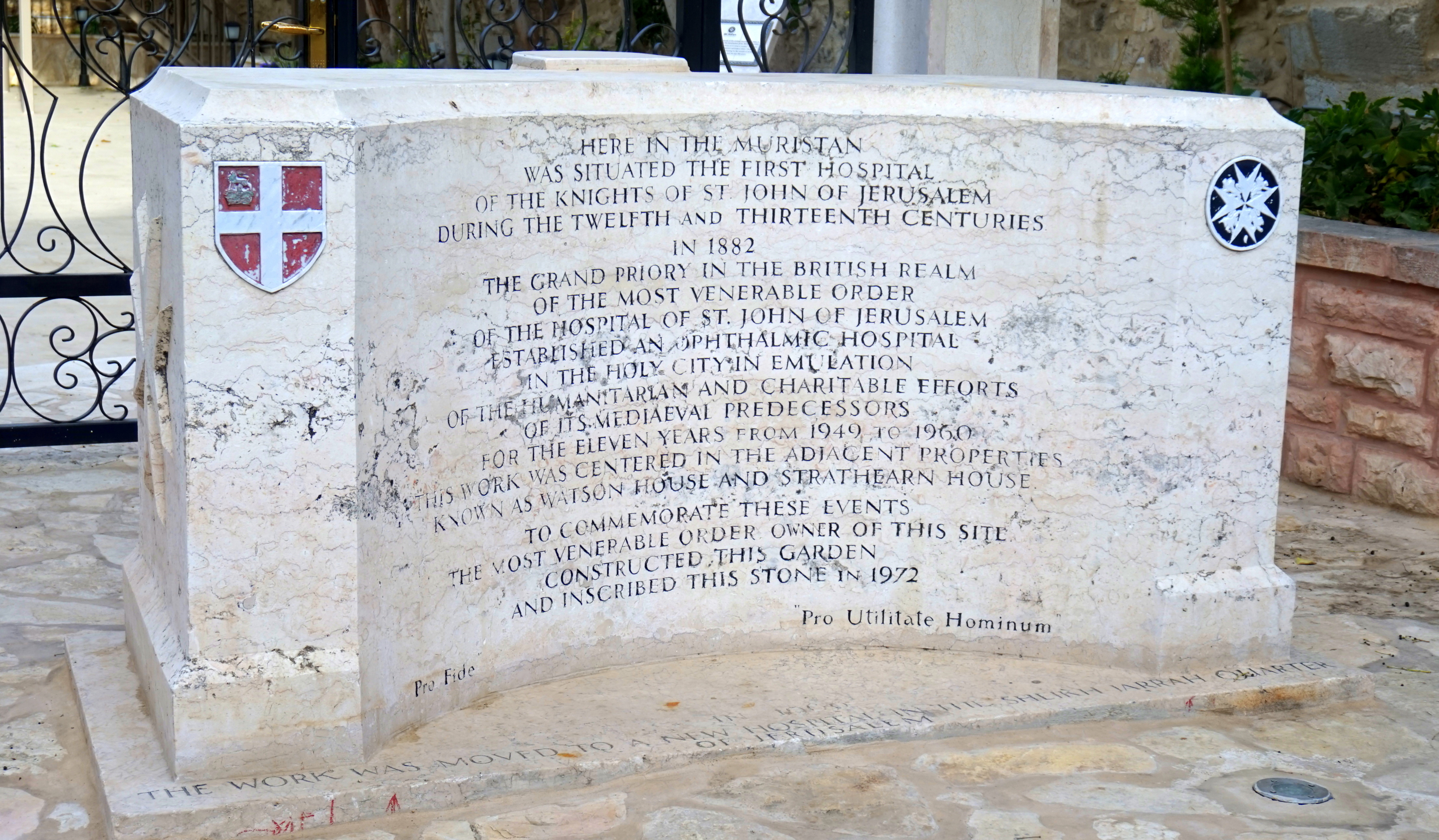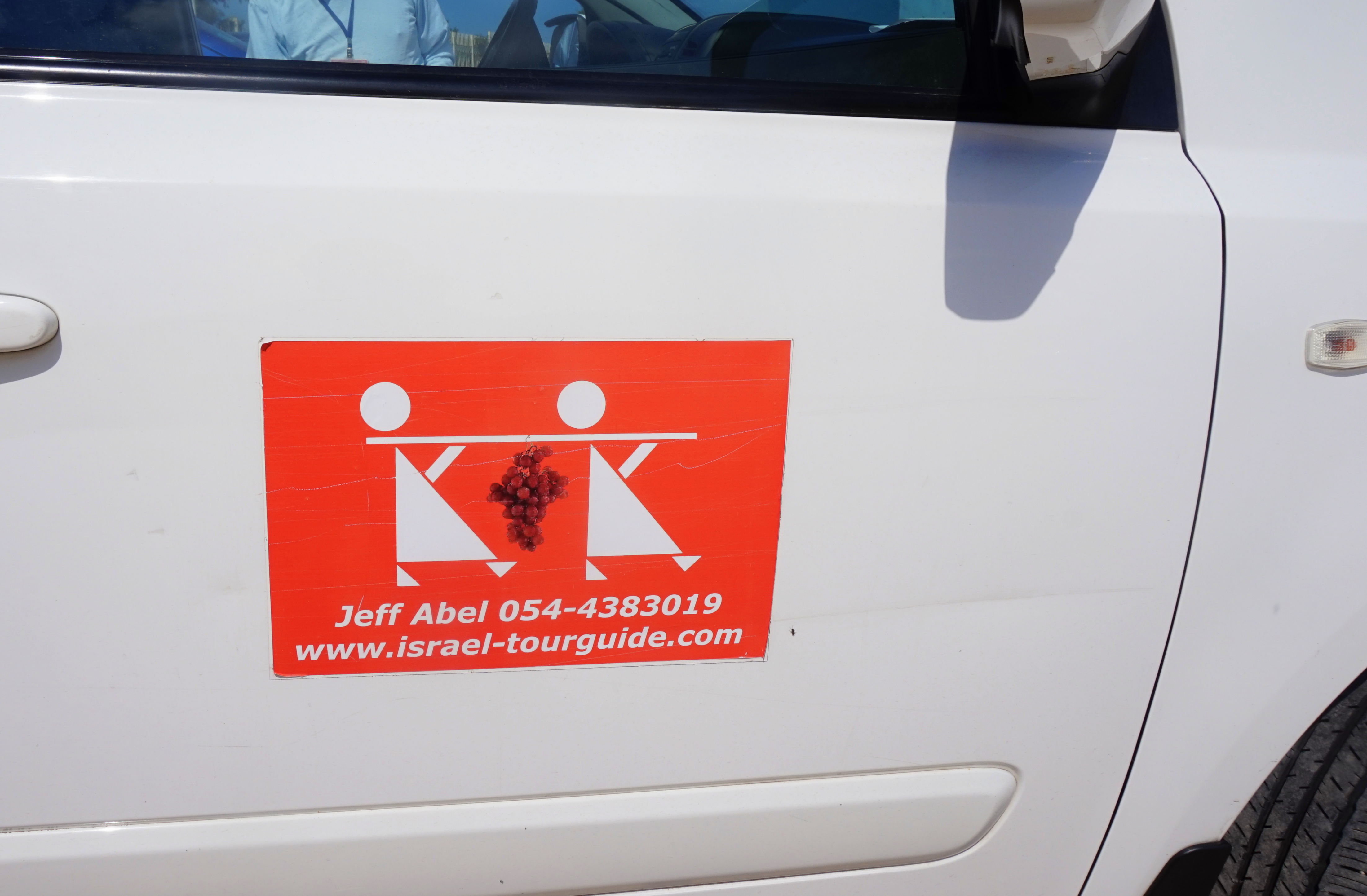While “captaincruising.net” is hard aground, run onto the rocks of the covid19, travel from the files is still possible:
The small lion patrolled the Ashdod pier, awaiting his prey. We were a bit late departing our Viking cruiser and he was anxious to roll. He had a lot of ground to cover.
As usual on our trips to Israel we engaged Jeff Abel as our guide. Knowledgeable to a fault and eager to share his knowledge, he was a font of historical, cultural and political information. Now we packed our overnight bags into the Jeffmobile and piled in. I was looking for crusaders, Jeff had bigger game in mind. We shot up the freeway coming from the port, heading north. Wait – weren’t the crusader castles to the east? Yes, they are. We are going to Golan.
A land with 4-5,000 years of history is hard to define, certainly not in only a few days. Just a glimpse – but what a view.
As a sop to my disappointment at missing the crusaders, Jeff waved a hand at a hillside as we zoomed along the valley highway below. “Over there is Hattin”, he said dismissively.
Hattin, the site of the ill-fated, poorly-led army of the crusaders’ massacre. Saladin’s army had strung them along out into the open, maddened them with thirst and closed in for the kill. Literally. Beginning of the end of the crusader era.

Later, at one of the many national parks, he waived again at a hillside.
“There’s another crusader castle”, he mentioned casually, as if they are everywhere. They had been built on the eastern frontier of the holdings of the ‘Franks’, as the locals called the crusaders. The crusader castles and keeps anchored a defensive line along an ill-defined border, hoping to hold back the people to the east who wanted their lands back. Didn’t work. On we drove.
The national highway system of Israel is quite good. We were enjoying our journey through the hills as Jeff turned off Highway 90, the Jordan Rift Valley road, onto Highway 91, the road to Damascus, which is situated about 50 miles and a few hundred light years away. Up a bald hill in the dry terrain he careened and pulled into a parking lot: ‘Tel Hazor’ read the sign.

Israel is the perfect argument that history repeats itself. Tel Hazor is the largest dig in Israel because Hazor had been one of the largest cities during the Bronze Age, the Canaanite Period, the Israelite period. Almost 15,000 people crammed into the walls here. Why? Stroll to the top of the hill for the explanation. Highway 91 lies atop the 5,000-year-old road for travelers coming from the south, the Great Trunk Road, headed north to Damascus and Syria. All the traffic of centuries funnels by Hazor, whose rulers were free to charge tolls or stop traffic all together. A powerful position, a rich position. And, judging by the rubble and ruins, not one always in consonance with its neighbors. Even Joshua is said to have burned the place once.
Most of the Tel has yet to be excavated, but its commanding position on the trade routes of then and the highways of now is unmistakable. It did feel a bit odd, on our way back to the Jeffmobile, to stroll down alleyways constructed and used by people 4,000 years ago. Eerie.
Back in the Jeffmobile we crossed the Jordan River, little more than a stream, a creek, at this point and began our climb into the Golan Heights. Jeff’s goal was one of the many Israeli war memorials on the Golan. It was easy to see why it was untenable to leave the Syrian troops in the Golan, looking down on the Israeli settlements below. From their cement, reinforced, bunkers the Syrians could, and did, fire down on anyone who moved on the Jordan plain below – soldier, fisherman, farmer, no matter. Beside the monument lies the required plaque reciting the names of the Israeli soldiers who fell here during that 1967 battle. The blue and white Star of David flag snaps in the wind in continual salute.

Israeli war memorial 
First Mate examines Syrian bunker
But our real destination on the Golan Heights was the Mt. Bental lookout. Complete with coffee shop. Jeff had bragged about the coffee here but we arrived too late in the day for coffee. But not for the view. From its perch 1,165 meters above sea level the lookout scans northern Israel, Lebanon and Syria seemingly all the way to Damascus today. Cloudless and clear. This was the seat of bloody conflict to rival anything in the crusades. Still is. Two days before our arrival there had been gunfire all along the border fence below us. No, no attack on Israel. Just the Syrian civil war continuing to play out in its murderous fashion as the sides shot it out.

As we walked up to the lookout from the parking lot, Jeff murmured: “Don’t get off the path”, an understatement accentuated by the yellow and red signs hanging on the rusting barbed wire: ‘danger – mines’.
The lookout is no longer used by the military but is principally just as the Israeli Defense Forces (IDF) had left it when they moved out. The trenches, lined with concrete, still lead to the bunkers. The bunkers still have beds inside. Metallic sentries still scan the plains thousands of feet below, plains now almost entirely green with row crops and vineyards – growing right up to the border fence. Jewish farmers waste no space. Except for one area, still brown like it was 40 years ago. Still complete with destroyed Syrian tanks and equipment: the Valley of Tears.
In 1973 the Syrians surprised the IDF with an attack on the Jews’ most holy day: Yom Kippur. The Syrians attacked across the plains below in Soviet tanks and equipment using Soviet style massed attack. The Jews were outnumbered almost 10 to 1. The skeletal IDF forces in position had to hold until the reserves could be mobilized and arrive, a full two days. They fought it out against overwhelming odds. The Syrians were nothing if not brave, perhaps too brave. Their losses against the dug-in IDF were staggering. But the IDF regular forces holding back the tidal wave of Syrian armor was almost completely destroyed. In the end the IDF denied the Syrians a crossing of the Jordan and destruction of Israel. They even advanced into Syria, but paid a terrible price for their victory. The Israelis have left the battlefield remnants to remind visitors of the massive force overcome and the price paid that day.

Our inspection of the area complete, we departed for our kibbutz.

Our kibbutz was complete with all one needs. If not elegant it was at least adequate including a small motel room complete with patio, large recreation area and a communal dining room for our meals. We even had our own bomb shelter. “Oh, number 22 there is ours, but we rarely have rocket attacks anymore”, Jeff assured us. He waved toward a small concrete structure which looked like the entrance to a subway station.

Number 22 
The only problem with the dining room and its communal style buffet was that there was no wine. Easily fixed. We had driven through miles of vineyards on our sojourn around the Golan Heights. Now we walked across the road to a winery, slipping in the back door by following our nose into a vast room filled with steel barrels and the smell of fermenting wine. Although it was closing time the owners cheerfully gave us a tasting of several of their varietals, all good. Picking a couple of dry whites, we parted ways with our hosts on the best of terms.
Back at the buffet we circled the groaning board of grub with a wary eye. Some dishes looked familiar and delicious, some strange and uncertain. Jeff translated for us but the choices were too many for even veteran samplers. We settled for the known, washed down with the local wine. Delicious. Fortunately, I saved the embarrassment for breakfast.
Sure enough, the breakfast buffet was the same extravaganza of choices. Not having had enough coffee, I allowed my tongue to overload my brain. Poking at my Moroccan eggs I casually asked Jeff why there was such a variety of foods at the kibbutz. He smiled and replied as if answering a child: “You do know we Jews here in Israel come from all over?” Oh. Yeah, that’s right. Not satisfied with the cultural damage, I gazed around the dining room, filled with families. There obviously were several Arab families in the room. Reaching for more coffee I expressed surprise at this fact. Father Jeff, once more, instructed his child: “Israel has citizens of all races. Many Arabs are Israeli citizens”. Oh. Yeah. Of course. I made no further cultural comments.
We now departed for the far north, north through Druze villages, north to the foot of Mt. Hermon and Tel Dan. The tribe of Dan and the city of Dan were in the most northern reaches of the Kingdom of Israel. The base of Mt. Hermon provided an outcropping and gushing source of water, filtered down from the snows high on the mountains. The various springs and their disparate streams would join further south to form the Jordan River. But here they formed their own prolific oasis of gardens and fields, an area rich in farming since antiquity, an area fought over by competing cultures for thousands of years.

The headwaters of one of the springs also housed the Temple of Pan. Yes, the shepherd god, the god of the dancing goats. A cult developed here around the time of Christ. Being farmers, they were naturally interested in investing in something, anything, which would enhance fertility, hence Pan and the rite of the dancing goats. But, not interested in excluding any gods, or displeasing any rulers, they likewise erected a temple to the Roman Augustus as a god, another to Zeus and yet another to appease Nemesis. And here lies the ruins of it all. A godless place filled with gods, the Christians would say.
We whizzed around the corner and into the parking lot at the Tel Dan Nature Preserve, a sort of EPCOT of nature and history. Here one can stroll for miles on shaded walks lined with lush vegetation along diverse streams of cold, rushing waters. But our goal was antiquity: the old city of Dan.
The city of Dan was old when the book of Judges was being written. Written about many of the acts and actors here at Dan: Moab, Ruth, Jeroboam. It was the time of the great bifurcation – the nation broke apart into Judah and Israel. Jeroboam was king in the north and erected a holy place in Dan. In it he placed a golden calf for the people to worship. He feared any who traveled down to Jerusalem to worship at the temple would not return. The city of Dan grew, became wealthy and a place of great trade. It’s high stone walls kept out invaders and its city gates became famous as the place to do business or seek justice from the king. The king sat, beneath his shady canopy, at the gates and heard the supplications of his subjects. He also collected tolls from all who would enter the gates. Clever.
A modern ruler sits upon an ancient throne at the Gates of Dan.
We strolled over to Jeroboam’s temple area which was under excavation. The outlines of the altar where the sacrifices had been made were clearly visible. But something else was visible, something strange, just beyond the stone walls.
On the slope below the city, overlooking the dry plains below, were a series of overgrown holes, line with corrugated tin. When I pointed to them Jeff just laughed and shook his head: “Those were our bunkers”. The Israeli Defense Forces had dug in on the side of the hill and lined their bunkers and trenches with tin to try to keep the earth in place. In other places tin had been placed over the trench and earth piled upon it, starkly different from the concrete reinforced bunkers of the Syrians. “We were poor then”, he said with a shake of his head, a bemused smile on his face. He seemed in wonder that they had survived at all. He among them. The dry, scrubby land below turned into a modern field of battle, a desperate battle.

So there it was – 3,000 years of history and conflict overlapping in the same spot, overlapping for the same reason. We have it, they want it.
We viewed the sun and our watch. Jeff waived his hand, it was time to go, a long way to Haifa. Our ship waits for no man. Our cruise continues.












































































